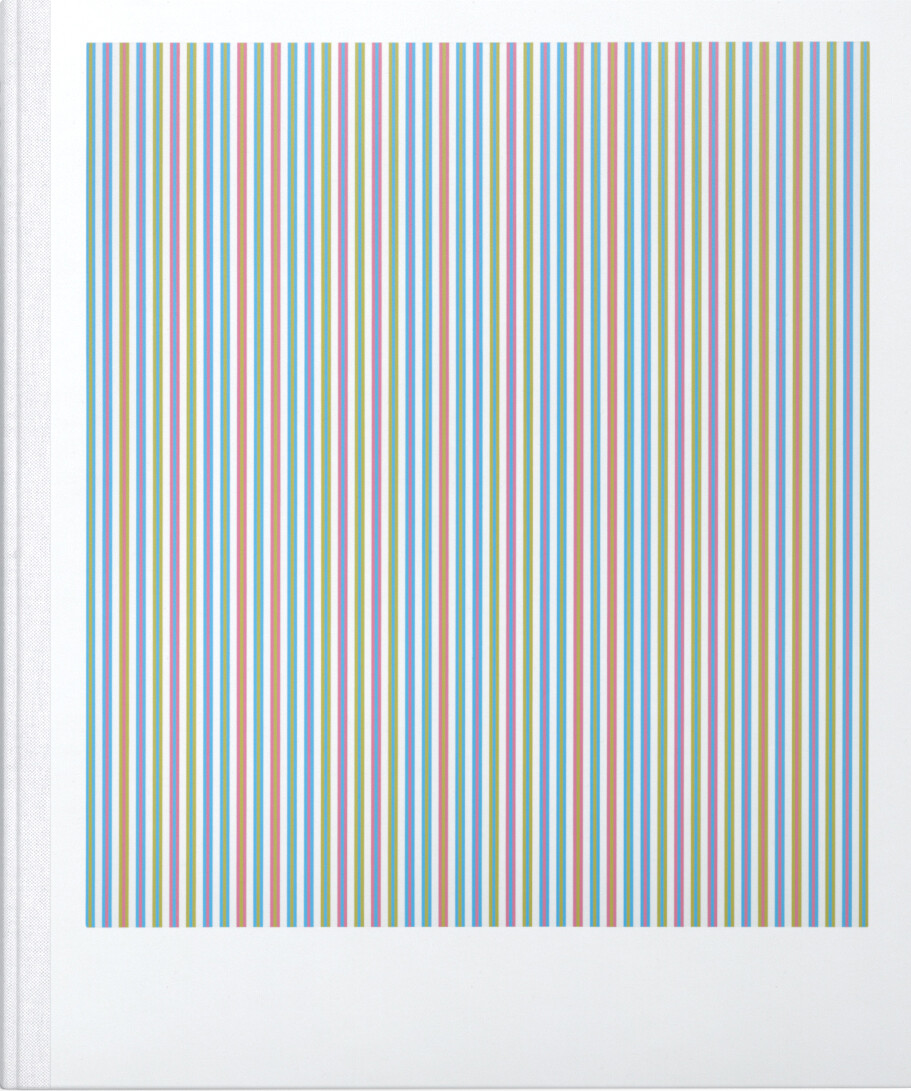Bridget Riley
Text by Michael Bracewell, Éric de Chassey, John Elderfield, Dave Hickey, Robert Kudielka, Bridget Riley, Richard Shiff, Frances Spalding, David Sylvester, and David Thompson. Foreword by Dr Simon Groom, Sir John Leighton, and Ralph Rugoff
A landmark exhibition catalogue reflects on almost 70 years of works by Bridget Riley, from some of her earliest to very recent projects, providing a unique record of the work of an artist still very much at the height of her powers. Essays from leading scholars and commentators on Riley’s work will make this title the authority on Riley’s practice.
Includes a selection of critical writings, statements and conversations specially selected by the artist as well as her own writings. The book starts with David Sylvester’s review of her first exhibition in 1962 and ends with Éric de Chassey’s newly commissioned 2019 essay.
In the last decade, Riley has continued to push her practice considerably, producing several large-scale site-specific wall paintings as well as continuing to develop new paintings. This book will explore these recent developments, and also examine the notable influence that other artists such as Georges Seurat and Piet Mondrian have had on Riley’s work.
Publisher: National Galleries of Scotland
Artists: Bridget Riley
Contributors: Michael Bracewell, Éric de Chassey, John Elderfield, Dave Hickey, Robert Kudielka, Bridget Riley, Richard Shiff, Frances Spalding, David Sylvester, David Thompson
Printer: Opero, Italy
Publication Date: 2019
Binding: Hardcover
Dimensions: 10 x 11 in | 25.5 x 27.8 cm
Pages: 280
Reproductions: 120 color
ISBN: 9781911054245
Retail: $60 | £44.99 | €55
Status: Not Available
Bridget Riley
One of the most significant artists working today, Bridget Riley’s dedication to the interaction of form and color has led to a continued exploration of perception. From the early 1960s, she has used elementary shapes such as lines, circles, curves, and squares to create visual experiences that actively engage the viewer, at times triggering optical sensations of vibration and movement. Her earliest black-and-white compositions offer impressions of several other pigments, while ensuing, multi-chromatic works present color as an active component. Although abstract, her practice is closely linked with nature, which she understands to be “the dynamism of visual forces—an event rather than an appearance.”



